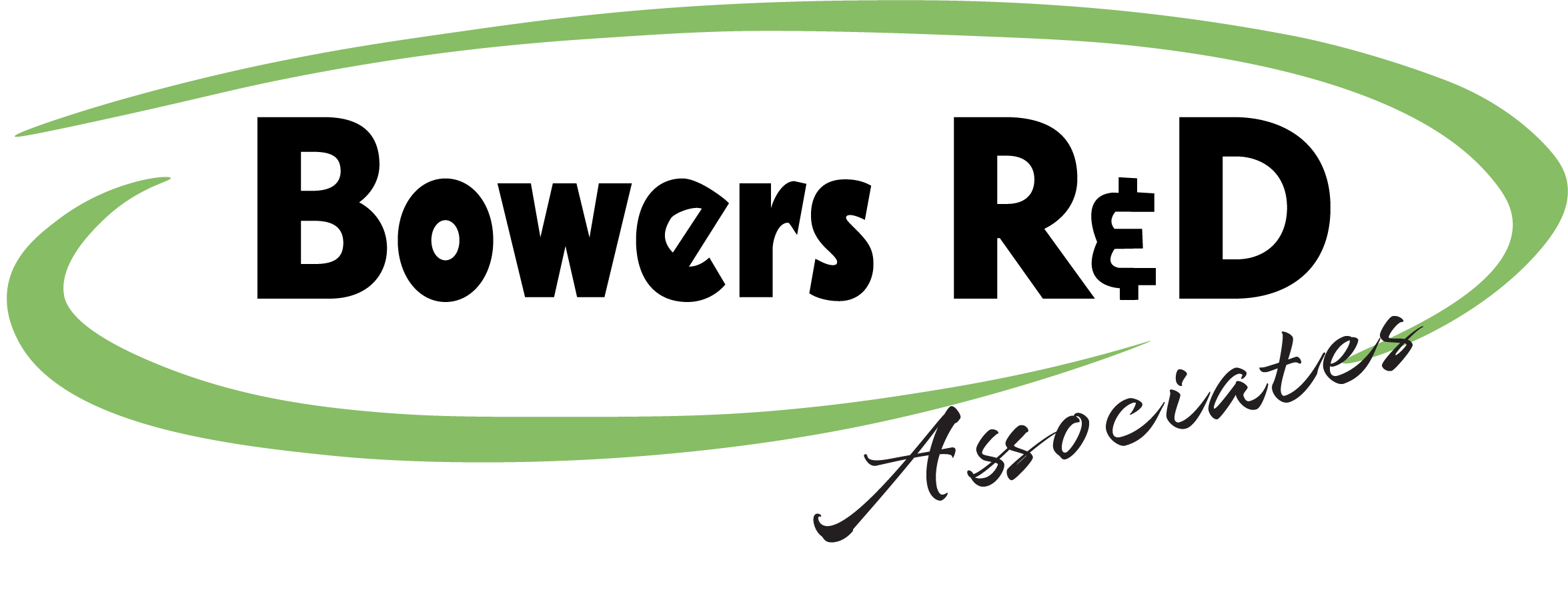Qualifying businesses can receive a federal and state research and development (R&D) tax credit to reduce tax burdens and reach new heights.
Your company produces some of the most cutting-edge products on the market. Your R&D team is focused and creative, and you have a great relationship with the supplier of your needed materials. Unfortunately, remaining competitive in today’s market, no matter your industry, comes with great financial strain. A federal R&D tax credit can lessen that burden and power your passions. Keep reading to learn how the federal R&D tax credit can take your business to new heights.
What is an R&D Tax Credit?
An R&D tax credit is a reward designed to encourage companies to spend more money researching and developing new products or systems. The federal R&D tax credit program has been in operation since 1981. Thankfully, it is now a permanent structure in the US tax code, but that wasn’t always the case.
Initially, the program was temporary, but year after year, it kept getting extended due to its popularity. Finally, in 2015, President Obama solidified the program’s existence when he signed the PATH Act. The CPA Journal reports that the entirety of the federal R&D tax credit program’s rules and regulations can be found in Internal Revenue Code (IRC) section 41, but below you can take a closer look at this great resource.
Federal R&D Tax Credit Eligibility Requirements
Not surprisingly, this government program has strict rules for who can apply. So, do you qualify for an R&D tax credit? If your company belongs to any of these five industries, you could be a fit for this program:
- Engineering
- Agriculture
- Biopharm
- Physical science
- Computer science
Due to the wide net these industries cast, the R&D tax credit is available to a variety of businesses. For example, say that your local brewery is creating a strawberry milkshake-flavored beer, and another company in your town is developing hair loss prevention medication.
As long as both entities are headquartered in the United States and conduct all R&D stateside, each one is a great candidate for a federal R&D tax credit. Do you think your company qualifies? See if you can pass this four-part test:
- Has your company developed a new product or process or improved upon existing functionality?
- Has your company dealt with some form of uncertainty in the development process (appropriateness of design, the method used, etc.)?
- Has your company utilized a process of experimentation to eliminate uncertainty (modeling, prototyping, trial and error, or other testing)?
- Has your company conducted experimentation that relied on engineering, biological, physical, or computer science?
If you answered these questions positively, you can consider applying for an R&D tax credit. Of course, once you start the application process, you’ll need to assemble your qualified research expenditures.
What Are Qualified Research Expenditures?
Identifying your qualified research expenditures (QRE) is a vital step in the tax credit application process as these items determine the amount of your credit. Take note that these items are tied to your company’s R&D activities and don’t include everyday costs like heating and cooling your general office space or buying coffee for the staff room.
Examples of QRE Activities
To give you an idea of what could be counted as QRE, take a look at these samples here:
- Exploring alternatives to baby formula recipes
- Developing nontoxic feminine hygiene products
- Formulating new lines of vegan meat
- Creating new cancer medications
- Designing environmentally friendly cars
- Generating prototypes of more cow-friendly milking machines
- Producing new hair dye formulas
- Conducting quality аѕѕurаnсе tests for new beer flavors
Don’t worry if the exact type of R&D you are involved in isn’t listed above. Let these examples serve as a guide to help you discover your company’s QRE.
How are R&D Tax Credits Calculated?
Three specific types of QRE are used to calculate your credit. These include:
- The salaries of your U.S.-based employees conducting R&D
- The cost of 3rd party U.S.-based contractors hired for R&D purposes
- The cost of disposable supplies purchased for your company’s R&D process
When you enter these figures into a free R&D tax credit calculator, your credit will be 7-10% of your QRE. After determining your credit amount, you need to familiarize yourself with the uses of your credit.
How Do R&D Tax Credits Benefit Companies?
Federal R&D tax credits are useful, yet woefully underutilized, resources for start-ups and long-standing companies. Take a look at the incredible benefits of this credit:
- Start-ups that are pre-revenue or making less than $5 million in revenue and are no more than five years old can reduce the payroll tax
- Companies that earn more than $5 million in revenue or are over five years old can use the credit to offset the business income tax
- The credit can be carried forward 20 years
As you can see, acquiring a federal R&D tax credit benefits your business immensely. This program is so effective in promoting R&D, that it’s been replicated on a smaller scale throughout the country.
Are There State R&D Tax Credit Programs?
Yes, nearly every state has an R&D tax credit program. How to get a state R&D tax credit is one of the commonly asked R&D tax credit questions, but the answer will vary. Each state has different rules regarding its credit program, although most do follow the federal program’s guidelines. Bear in mind, most states have unique application deadlines for R&D credits. Only 13 states don’t offer R&D incentives to local businesses:
- Alabama
- Alaska
- Mississippi
- Montana
- Nevada
- North Carolina
- Oklahoma
- Oregon
- South Dakota
- Tennessee
- Washington
- West Virginia
- Wyoming
If your state is on this list, don’t be disappointed. You can always apply for the federal R&D tax credit no matter which state you call home. Of course, if you do live in a state that offers an R&D program, you’ll be able to apply for both the federal and state R&D tax credit.
Is Applying for an R&D Tax Credit Easy?
Applying for an R&D tax credit is not rocket science, but it does require time and patience. You must be ready to supply information like the:
- Names of all company owners
- Names and titles of employees dedicated to R&D
- Salaries of employees dedicated to R&D
- Company’s gross profits for the year
- Year the company was founded
- Name of the company payroll service provider
- Nature of the R&D being conducted at the company
Putting together a comprehensive R&D application is known as an R&D study. Find a tax credit expert to help compile your study since a misstep could cost you money. For example, incorrectly filling out vital information or failing to enter necessary data could result in your application’s denial. A tax credit expert can help you navigate the R&D study process and get you the credit you deserve.
The R&D Study Process
Curious about the process? Here’s a breakdown of what it’s like working with Bowers R&D:
- Initial call or meeting to determine R&D eligibility
- Kick-off call with R&D expert
- Client enters info into propriety tax software
- Data is reviewed and accepted
- Client receives tax credit documentation
- Filing complete for federal and/or state tax credits
- Client utilizes R&D tax credits (as allowable) to realize benefit
Most R&D studies take several days to complete, so make sure you get your study done in time for tax season. If your application is approved, you could take home a tremendously beneficial tax credit.
Your R&D Tax Credit Questions: Answered
R&D tax credits offered by the federal government and a wide array of states incentive companies to expand on R&D goals. Your credit from the federal government could be 7-10% of your QRE on top of the percentage allowed by your state. When applying for these credits, make sure you work with a trusted tax credit professional. Doing so will help achieve success on your application. Get started on your R&D study today. Contact us at Bowers R&D at 610-368-5877.

